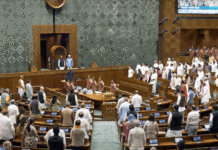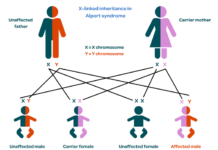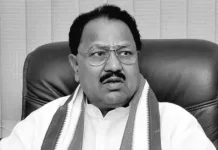The All India Muslim League was founded on December 30, 1906, in Dhaka, Bengal, British India. The establishment of the Muslim League was a significant development in the political history of India, particularly for the Muslim community, which was a minority community at the time. The founding members of the Muslim League were a group of influential Muslim leaders, including Nawab Khwaja Salimullah Bahadur, Aga Khan III, and Nawab Viqar-ul-Mulk.
The creation of the Muslim League was in response to the perceived marginalization of Muslims in Indian politics. The Indian National Congress, which was formed in 1885, was dominated by Hindus, and the Muslim community felt that their voices were not being heard. The Muslim League sought to represent the interests of the Muslim community and protect their rights in a predominantly Hindu-majority country.
The Muslim League’s formation marked a shift in Indian politics, as it was the first time that Muslims had formed a political organization to advance their interests. The Muslim League’s formation also marked the beginning of communal politics in India, which would eventually lead to the partition of India and the creation of Pakistan in 1947.
The Muslim League’s early years were marked by struggles for recognition and acceptance. The Indian National Congress, which was the dominant political force in India, refused to recognize the Muslim League as a legitimate political organization. The Muslim League struggled to gain political traction, and its early efforts to mobilize the Muslim community were met with resistance from both the British colonial government and the Indian National Congress.
The turning point for the Muslim League came in 1916 when it signed the Lucknow Pact with the Indian National Congress. The Lucknow Pact was a landmark agreement between the Muslim League and the Indian National Congress, in which they agreed to work together to promote Indian self-government. The pact was significant because it marked the first time that the Muslim League and the Indian National Congress had come to a political understanding and agreed to work together.
The Muslim League’s fortunes continued to rise in the years that followed. In 1920, it passed the resolution for the separate electorates for Muslims, which was a significant achievement for the Muslim community. The separate electorates allowed Muslims to elect their own representatives to the legislative bodies, ensuring that their voices were heard in the political process.
The Muslim League’s demand for a separate Muslim homeland gained momentum in the 1930s and 1940s. The demand for a separate Muslim state was rooted in the belief that Muslims and Hindus could not coexist in a united India. The demand for a separate Muslim state gained widespread support among the Muslim community, and in 1940, the Muslim League passed the Lahore Resolution, which called for the creation of an independent Muslim state in India.
The demand for a separate Muslim state led to the partition of India and the creation of Pakistan in 1947. The partition of India was a traumatic event in the history of the subcontinent, and it resulted in widespread violence and displacement. However, the creation of Pakistan was a significant achievement for the Muslim community, as it ensured that Muslims had a separate homeland where they could live in peace and prosperity.
In conclusion, the establishment of the Muslim League was a significant development in the political history of India. The Muslim League’s formation marked the beginning of communal politics in India, which would eventually lead to the partition of India and the creation of Pakistan. The Muslim League played an important role in the movement for Indian independence, and its legacy can still be seen in Pakistani politics today.










































